Restoring Handplanes: The Parts of a Bench Plane
Learn about the anatomy of a bench plane and what each part does.Plus, access more than 500 video workshop episodes when you become a member
Smoothing a board with a handplane is one of the most pleasurable processes in a woodworking shop. There is nothing like the feel of a well-tuned plane gliding across the surface, with whisper-thin shavings rising from the tool’s throat. And there is no faster way to create a glass-smooth, dead-flat surface for finishing.
A common misconception among new woodworkers is that you need an expensive plane to get the job done. But you don’t need to spend a fortune to catch the hand-tool wave.
Rejuvenating an old Stanley Bailey plane, whether it’s a garage-sale find or an eBay purchase, is a great way to get started handplaning without breaking a slim woodworking budget. Tearing down a plane to its bare chassis and building it back to blueprint specs not only creates a great performing plane, but also gives you an insight into how these wonderful bench mates work.…
Videos in the Series
-
Restoring Vintage Handplanes with Rollie Johnson: IntroductionJanuary 27, 2021
-
Restoring Handplanes: All About Stanley PlanesJanuary 27, 2021
-
Restoring Handplanes: The Parts of a Bench PlaneFebruary 3, 2021
-
Restoring Handplanes: Cleaning and RepairingFebruary 10, 2021
-
Restoring Handplanes: Tuning up PartsFebruary 17, 2021
-
Restoring Handplanes: Sharpening and SetupFebruary 25, 2021
-
Restoring Handplanes: Block PlaneMarch 3, 2021
-
Tuning and Using the Stanley 82 ScraperMarch 10, 2021

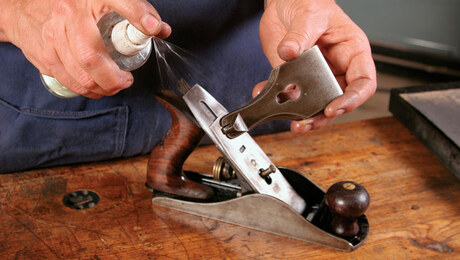
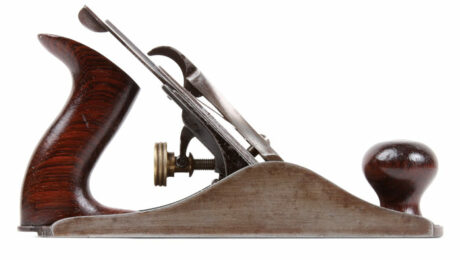
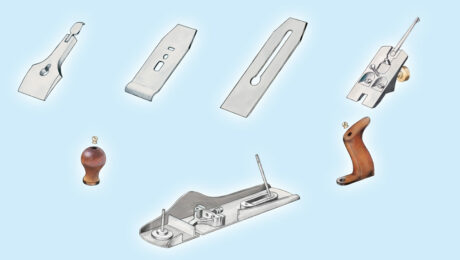
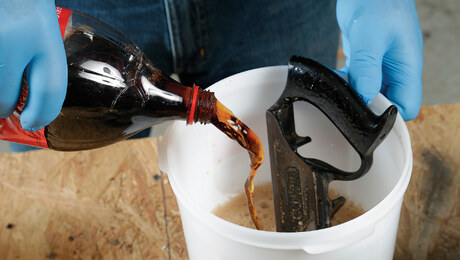
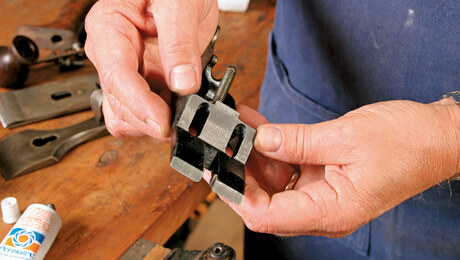
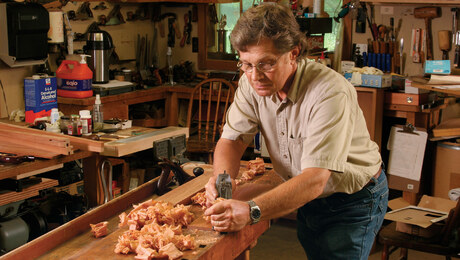
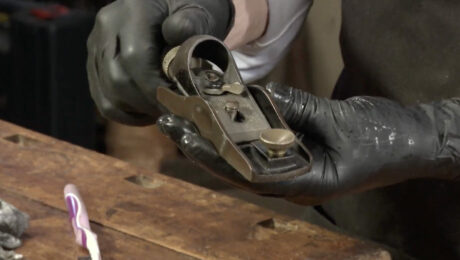
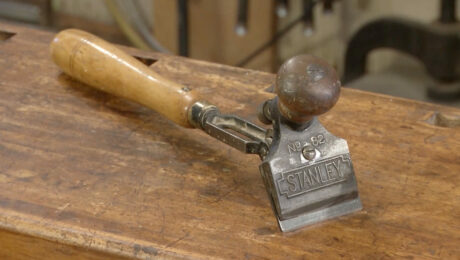
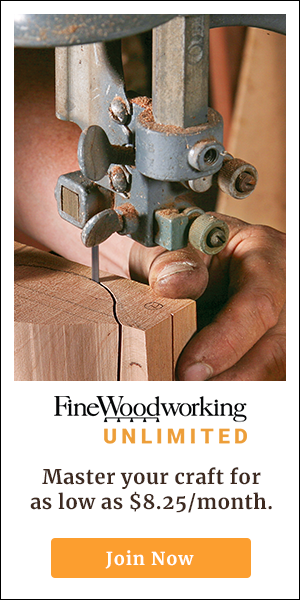




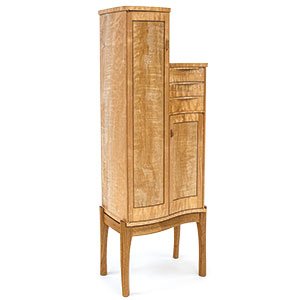
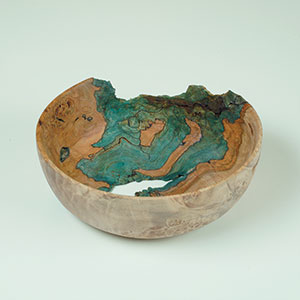



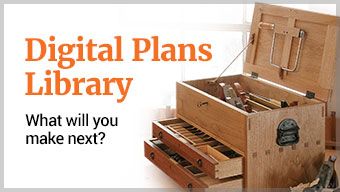












Comments
Thanks. That was very informative. I look forward to the next episode.
I have restored and used many older planes, mostly Stanley planes. Nonetheless, I find your video on this subject interesting, informative, and enjoyable. Thank you.
Excellent videos. But, I could not wait for the rest of them to appear. I found a video by Paul Sellers online and followed his recommendations to restore a Stanley-Bailey No 3 that was inherited and seems to be of mixed type. Perhaps more interesting is a vintage No 7 type 11 on my shelf used as a decoration that has been replaced by a Lie-Nielson No 7. It was great fun learning about the history of Stanley-Bailey. My restored No. 3 now has a bit more respect. It's well tuned and took some very fine shavings.
Ok, the attached screenshot (from the right sidebar of this page) had me scratching my head, until I realized in contained an ad. The danger of not knowing your advertisers, I suppose. :-)
Log in or become a member to post a comment.
Sign up Log in